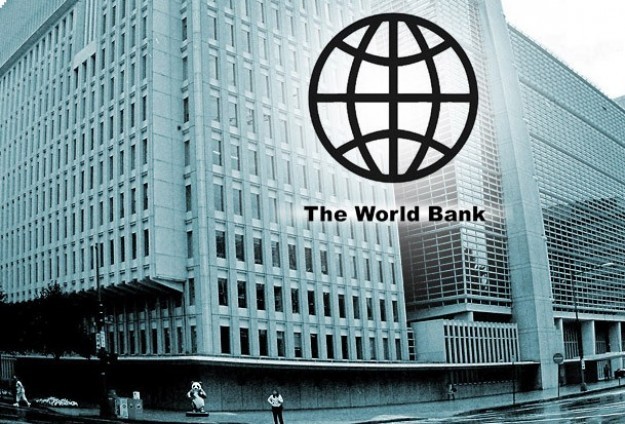World Bank: GDP growth to touch 7.3 percent in 2018-19
India's Gross Domestic Product (GDP) is expected to grow by 6.7 percent in FY 2017-18 and will pick up to 7.3 percent in 2018-19, and to 7.5 percent a year in the medium term, a report released by the World Bank stated.

New Delhi: India's Gross Domestic Product (GDP) is expected to grow by 6.7 percent in FY 2017-18 and will pick up to 7.3 percent in 2018-19, and to 7.5 percent a year in the medium term, a report released by the World Bank on Wednesday stated.
The report titled 'Global Economic Prospects' for 2018 noted that the GDP figures of 6.7 percent for FY 2017-18 can be attributed to short-term disruptions arising from the introduction of the Goods and Services Tax (GST).
"Strong private consumption and services are expected to continue to support economic activity, while private investment is expected to revive as the corporate sector adjusts to the GST; infrastructure spending increases, partly to improve public services and internet connectivity; and private sector balance sheet weaknesses are mitigated with the help of the efforts of the government and the Reserve Bank of India (RBI)," the report read.
The World Bank noted that over the medium term, the GST is expected to benefit economic activity and fiscal sustainability by reducing the cost of complying with multiple state tax systems, drawing informal activity into the formal sector, and expanding the tax base.
Also Read: Direct Tax collected up to December '17 registers 18.2 pct growth
Also Read |
RBI retains GDP growth target at 9.5 pc for FY22
It also takes cognisance of the recent recapitalisation package announced for public sector banks by the Prime Minister Narendra Modi-government, which is expected to help resolve banking sector balance sheets, support credit to the private sector, and lift investment. Further, trade recovery at a global level is expected to lift exports, it claimed.
However, the outlook noted that certain underlying risk elements can hamper numbers, such as setbacks to reforms to resolve corporate and financial sector balance sheet deterioration, debt write-offs for farmers, corporate debt overhangs and high levels of non-performing loans.
Potentially, India's growth rate is expected to hover around the range of six to eight percent in the post-crisis period. India's recent reforms, such as the "Make in India" initiative and demonetisation are expected to encourage formal sector activity, broaden the tax base, and improve long-term growth prospects despite short-term disruptions, particularly in the case of demonetisation.
The World Bank further lauded the government's approach to improve the business climate, such as shortening approval times for trademarks and patents to enhance property right protection, lowering restrictions on foreign direct investment (including foreign ownership restrictions) in various sectors, and accelerating investment in energy and transport infrastructure, which, it believes, helped improve the ease of doing business ranking.
Also Read: Rupee recovers 5 paise against US dollar
Also Read |
Reserve Bank of India vows to make online payment safer
While the GST caused temporary disruptions in manufacturing and is linked to the recent weakness in the Purchasing Managers' Index and industrial production growth, the World Bank said it is expected to simplify tax compliance, deepen economic linkages between Indian states, broaden the tax base and improve revenue collections. In turn, this is expected to enhance the broader business environment and help foster investment and employment.
The World Bank also recognised significant vulnerabilities in the Indian banking and corporate sectors that may weigh on medium-to-long-term growth prospects unless they are addressed. However, it noted that several steps have been taken on this front.
"The Asset Quality Review initiated by the RBI in 2015 has led to an increase in the recognition of non-performing assets on financial sector balance sheets. More recently, the government announced a large recapitalisation package (USD 32 billion) for public sector banks to be implemented over two years. Over the medium to long term, these measures are expected to help resolve private sector balance sheet weaknesses and unlock lending for private investment," the report read.
Also Read: GST Council to discuss revenue fall on Thursday
While expenditure on infrastructure in recent years partly addressed bottlenecks on the supply side, weaknesses on corporate balance sheets remain as firms are highly indebted. As corporate lending still accounts for a significant part of banks' assets, the World Bank opined that their ability to finance future business investments will require the restructuring of this debt, as well as a broader deleveraging in the corporate sector. (ANI)
 Dynamite News
Dynamite News 